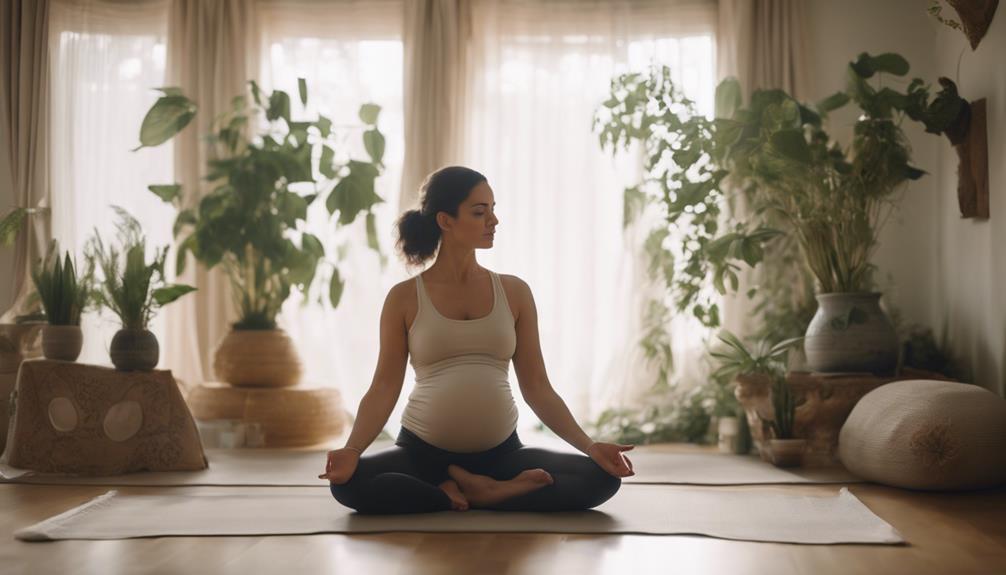Heated Vinyasa Yoga is a dynamic and invigorating form of yoga that combines the traditional vinyasa flow with a heated environment to enhance the practice. This approach not only deepens the connection between breath and movement but also allows for a more profound detoxification process. As practitioners flow from posture to posture, they experience both physical and mental benefits, while the heat encourages flexibility and strength.
This article explores the various aspects of Heated Vinyasa Yoga, including its origins, differences from non-heated practices, and the distinct benefits it offers. It serves as a guide for both seasoned yogis and newcomers interested in understanding and incorporating this powerful practice into their routines.Yoga Brainerd MnJuice Box Yoga South Reno
Understanding the Basics of Heated Vinyasa Yoga
Heated Vinyasa Yoga is characterized by a series of postures connected through breath, typically performed in a room heated to a temperature ranging from 80°F to 100°F (27°C to 38°C). This heat is designed to warm up the muscles, making it easier to perform the poses with greater ease and depth. In a Heated Vinyasa class, the instructor leads students through a fluid sequence of asanas (postures), focusing on the synchronization of breath and movement.
The practice emphasizes the flow of energy throughout the body, promoting mindfulness and concentration. As participants move through the vinyasa sequence—often incorporating sun salutations—the heat encourages sweating, which aids in the release of toxins and enhances overall circulation.
The History and Origins of Vinyasa Yoga Practice
Vinyasa Yoga has its roots in traditional Hatha Yoga, with the term "vinyasa" meaning "to place in a special way." It emerged in the 20th century as a dynamic and flowing style of yoga, popularized by influential teachers like T. Krishnamacharya and his students, including Pattabhi Jois, who developed Ashtanga Yoga. This lineage has greatly influenced the development of Vinyasa as a standalone practice, emphasizing breath control and synchronized movements.
Heated yoga, on the other hand, became popular in the late 20th century, with Bikram Yoga leading the trend by incorporating a specific sequence of postures performed in a heated room. The fusion of heated environments with vinyasa flow creates a unique practice that appeals to many, combining the benefits of both styles for a holistic yoga experience.
Key Differences Between Heated and Non-Heated Yoga
The primary difference between heated and non-heated yoga lies in the temperature of the practice space. Heated Vinyasa classes are typically conducted in rooms that are intentionally heated, while non-heated classes are performed in a comfortable, ambient temperature setting. This difference significantly influences the body’s response during practice; the heat promotes increased circulation and flexibility, allowing for a deeper exploration of postures.
In addition to the temperature, the intensity and pace of heated classes can vary. Heated Vinyasa classes often flow at a quicker pace to match the heightened energy levels, while non-heated classes might focus more on alignment and longer holds. This contrast can affect the overall experience, with heated classes appealing to those seeking a vigorous workout and a dynamic flow.
Benefits of Practicing Heated Vinyasa Yoga Regularly
Practicing Heated Vinyasa Yoga regularly offers numerous benefits, both physical and mental. The heat enhances flexibility, as warm muscles are more pliable, reducing the risk of injury and allowing for deeper stretches. Additionally, the practice promotes cardiovascular health, as the increased heart rate from the heat elevates metabolism and encourages calorie burn.
Beyond the physical advantages, Heated Vinyasa Yoga can significantly impact mental well-being. The combination of movement, breath, and heat often results in a meditative state, helping to reduce stress and anxiety. Many practitioners report feeling more centered and grounded after a session, as the practice encourages mindfulness and self-awareness.
Essential Elements of a Heated Vinyasa Yoga Class
A typical Heated Vinyasa Yoga class includes several essential elements that contribute to a cohesive practice. The class usually begins with a centering moment, where participants are guided to focus on their breath, setting an intention for the session. Following this, a series of sun salutations often initiates the flow, gradually building in complexity and intensity.
Throughout the class, instructors may incorporate various props, such as blocks and straps, to assist students in achieving proper alignment and to support their practice. As the class progresses, the instructor may introduce more challenging poses and transitions, always returning to the emphasis on synchronized breath and flow, culminating in a period of relaxation and reflection known as savasana.
What to Expect in a Heated Vinyasa Yoga Session
Entering a Heated Vinyasa Yoga session, you will first notice the warmth of the room, which may feel intense at first but soon becomes a welcome embrace as the practice begins. Attendees are encouraged to hydrate before class and can typically expect a steady progression through a series of dynamic postures linked by breath. The instructor will guide students through a sequence aimed at building strength, flexibility, and balance.
As the class unfolds, participants often experience a range of sensations, from the challenges of balancing poses to the relief of deep stretches. The focus on breath helps maintain a sense of calm despite the physical intensity, making the practice both demanding and meditative. By the end of the session, practitioners will feel invigorated, refreshed, and deeply connected to their bodies.
Recommended Attire for Heated Vinyasa Yoga Classes
Choosing the right attire for Heated Vinyasa Yoga is essential for comfort and performance. It is typically recommended to wear breathable, moisture-wicking fabrics that allow for freedom of movement. Tight-fitting clothing, such as yoga shorts or leggings, can help prevent chafing and ensure that practitioners can move without restriction.
Additionally, many practitioners opt for lightweight, sleeveless tops or tank tops to keep cool during the flow. It is also advisable to bring a towel to wipe away sweat and a water bottle to stay hydrated throughout the session. Wearing appropriate footwear is generally not necessary, as yoga is usually practiced barefoot to enhance grip and stability on the mat.
Safety Tips for Practicing Heated Vinyasa Yoga
When engaging in Heated Vinyasa Yoga, safety should always be a priority. One of the key recommendations is to listen to your body and honor its limits. The heat can sometimes lead to overexertion, so it’s essential to take breaks as needed and not push into discomfort or pain. If feeling dizzy or lightheaded, it’s advisable to rest in a child’s pose or step out of the room briefly to cool down.
Hydration is crucial before, during, and after practice. Drinking water before class and replenishing fluids afterward can help counterbalance the effects of sweating. It’s also wise for participants to inform the instructor of any pre-existing conditions or injuries to ensure modifications can be offered as needed to maintain a safe practice.
Common Challenges Faced in Heated Vinyasa Yoga
Practicing Heated Vinyasa Yoga presents unique challenges that participants may encounter. One common issue is adjusting to the heat; newcomers might find it overwhelming initially, leading to discomfort or the feeling of being unsteady. This can be alleviated by gradually becoming accustomed to the temperature and pacing oneself throughout the class.
Another challenge is managing hydration and energy levels. The intense heat can lead to dehydration if not adequately prepared. Practitioners are encouraged to listen to their bodies and hydrate as needed, taking breaks when necessary to prevent fatigue or dizziness. Understanding these challenges can enhance the overall experience and foster a more enjoyable practice.
How to Incorporate Heated Vinyasa Yoga into Your Routine
Incorporating Heated Vinyasa Yoga into your routine can be a rewarding addition to your fitness and wellness regimen. Start by scheduling regular classes to establish a consistent practice. Whether it’s once or several times a week, regular attendance can help build strength, flexibility, and familiarity with the sequences.
Additionally, complement your yoga practice with other forms of exercise and mindful activities, such as strength training or meditation, to create a balanced regimen. Listening to your body and varying your practice will enhance the benefits of Heated Vinyasa Yoga while preventing monotony and burnout.
Heated Vinyasa Yoga offers a unique blend of movement, breath, and heat, creating a transformative practice that can enhance physical fitness and mental clarity. By understanding its principles, benefits, and challenges, practitioners can fully engage with this invigorating style of yoga. Whether you are a seasoned yogi or a beginner, incorporating Heated Vinyasa Yoga into your routine can lead to profound growth and well-being.


